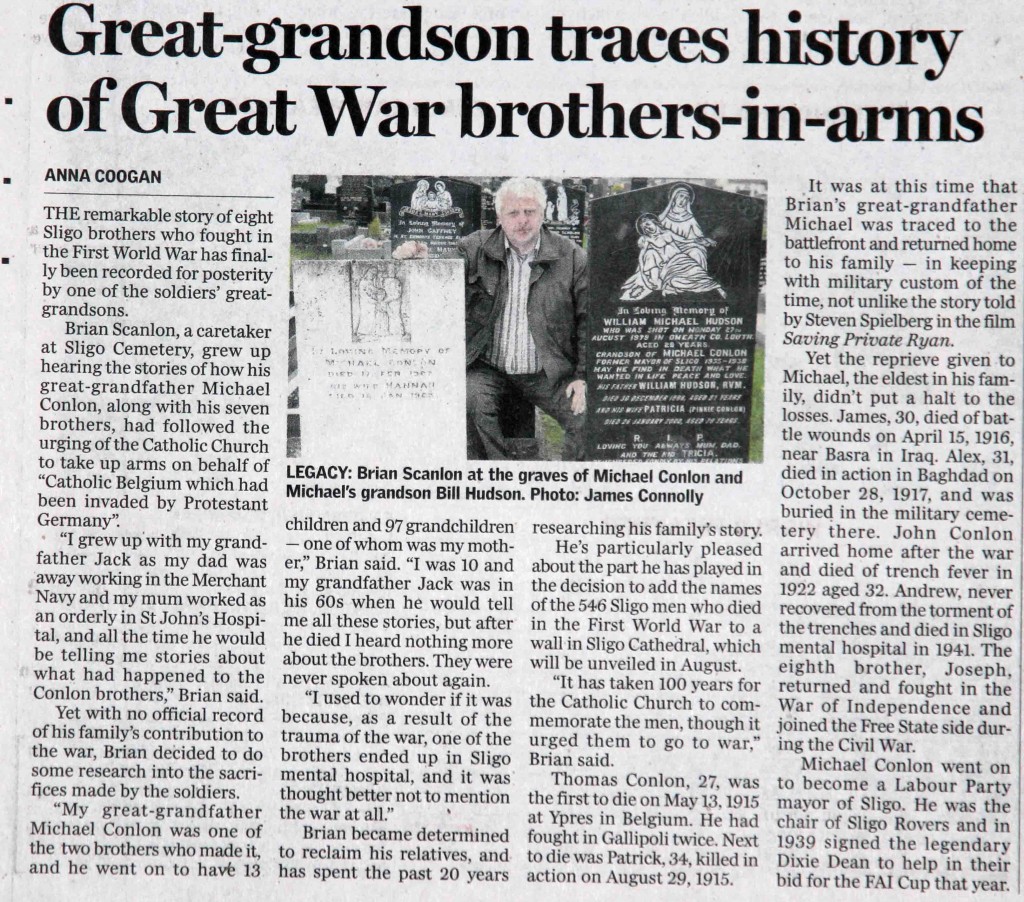
When the second Temple had stood for 500 years, it began to show signs of structural decay. And so Herod, named the Great, in order to reconcile the Jews to his government under Rome undertook to rebuild it. The main structure was completed over the course of nine years, but the work of the enlargement and decoration was continued over half a century so that they could say to the Lord’s followers, “Forty years and six were we in building the Temple.” Certainly it must have been one of the finest structures ever created by man, and it had nine gates, each of which was richly studded with silver and gold.
Through the eastern gate, called the gate Shushan, and the King’s Gate, Altus the centurion must have walked, for this was called the Court of the Gentiles. Gentiles were permitted to walk therein, although not to advance any further. Separated from this court by a low stone wall was the Court of the Israelites, into which foreigners were prohibited to enter. This was divided into two parts – the Court of the Women, in which stood the treasury, and the Court of the Israelites, where Jesus and His disciples walked. Within the precincts of this court was the Court of the Priests, considered so sacred that only they could enter, and from this court 12 steps led to the Temple of God itself.
The most sacred place was divided into three parts – the portico, the outer sanctuary, and the Holy of Holies. In the portico the priests deposited the votive offerings given either by Jews of Gentiles. In the outer sanctuary, into which priests of every degree had ready admission, there stood the altar of incense. But separated from this sanctuary by the great double veil of the Temple was the Holy of Holies, through which none was allowed to pass except the High Priest, and that on only one day per year – Yom Kippur, the Day of Atonement. It was on the day of the crucifixion of the Christ that the veil of the Temple was rent in twain and the Holy of Holies was defiled, a certain sign to the Jews from God.
The scriptures tell us that when Jesus was dead His body was laid in the sepulchre of Joseph of Arimathaea.
“And the women also, which came with his from Galilee, followed after, and beheld the sepulchre and how the body was laid.
And they returned, and prepared spices and ointments: and rested the Sabbath day according to the commandment.”
But on the third day Jesus rose again from the dead as He had said He would, identifying Himself with the Temple in Jerusalem. Then He appeared among those who had deserted Him, and blessed them.
“And they worshipped Him, and returned to Jerusalem with great joy.
And were continually in the Temple, praising and blessing God.”
Simeon had said of Jesus that He was “a light to lighten the Gentiles,” and Jesus Himself said, “I am the Light of the World: he that followeth me shall not walk in darkness, but shall have the light of life” (John 8:12).

So the Light spread from Jerusalem to Rome in the face of first violent Jewish and then Roman opposition. For some among the Jewish people Jesus was illegitimate and a sorcerer, who did not satisfy their criteria for a Messiah. He was an outsider, a stranger in their midst, a man of sorrow and aquainted with grief. For the Romans, Christianity became a threat to the State. The historian for both Jews and Romans was Josephus and his record of events obviously reflected their opinions. The history of Jesus was therefore initially ignored.

It is written that Peter had been designated by Jesus as the rock of the Church, and became the Bishop of Rome. A fierce young anti-Christian by the name of Saul was converted to the faith on the road to Damascus and changed his name to Paul. He joined the Christian movement a mere 3 years or so after the Crucifixion and met James, the brother of Jesus. According to the Scriptures, Paul had travelled to Jerusalem when he was young and studied under the great Rabbi Gamaliel the Elder, an influential Pharisee member of the Sanhedrin and son or grandson of Hillel. The remarkable man called Paul was to become, apart from Mary Magdelene, the finest friend Jesus ever had.
To be continued
© Pretani Associates 2014



